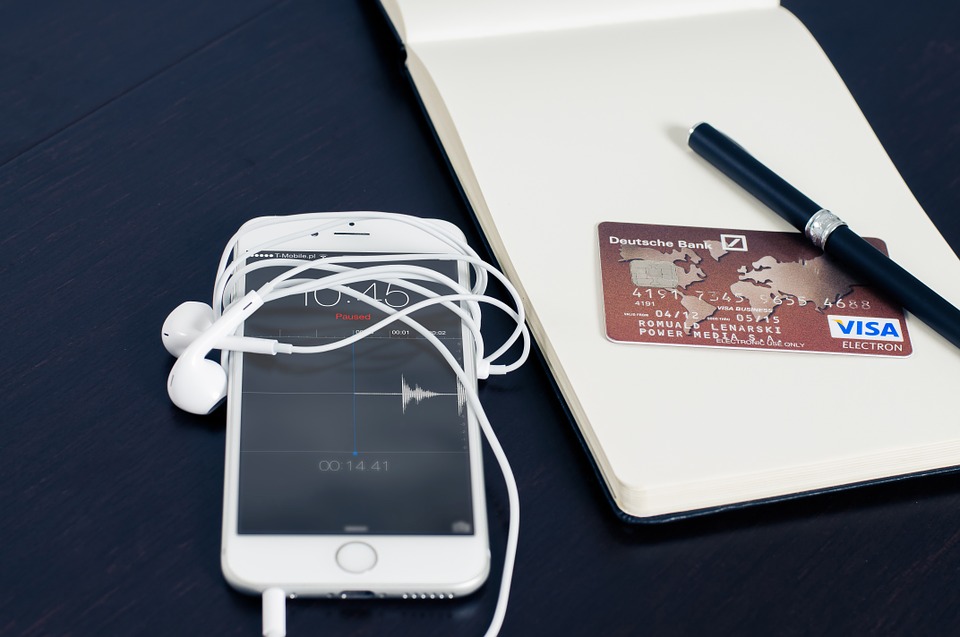Utilizing NFC technology that is embedded in the device, users of mobile wallets only need to tap their device on NFC enabled point of sales systems (POS) for the transaction to be complete. Although this is comparative to traditional cards that allow for tap as a form of payment, the mobile phone can carry many different debit, credit, and rewards cards without clutter.
As the popularity of digital wallets continues to increase, several different “wallets” have emerged to include Google Wallet and PassWallet which are commonly used as an alternative to traditional cards. Although these mobile solutions offer comparative functions, there are also significant similarities and differences that differentiate the two apps.
Scope of Features:
Google Wallet and PassWallet significantly differentiate in terms of what kind of features are offered to the user. For example, while Google Wallet is primarily focused on the financial aspect of transactions such as payments, sending and receiving money, and splitting expenses, PassWallet cover nearly any form of transactions to include coupons and boarding passes. With this, users can choose between having a more specialized wallet that focuses on their spending or a wallet that acts more as a digital wallet that carries all of their information.
NFC:
Both Google Wallet and PassWallet offer NFC technologies so that cards can be utilized at POS systems that accept this form of payment. In offering NFC enabled usage, both of the apps are highly convenient to use and mimic the chip technology that is integrated in traditional cards. Therefore in terms of this integration, both apps are very similar and no one app poses a significant advantage over the other.
Usability:
Although PassWallet offers more functions when compared to Google Wallet, a major drawback of PassWallet is that the number of functions hinders the user experience such that there are a lot of functions that can be accessed in a single page. For example, there are options maps, tickets, and various cards that are highly applicable to various usages but clutter the interface which makes it difficult to navigate for users who are new to the app. As Google Wallet only focuses on various forms of payment, the interface is significantly easier to navigate as the scope of features are limited.
Update Frequency:
As Google is a name that is well recognized and has an impeccable reputation as a company with unlimited funds, a significant amount of resources can be put into updating the app on a regular basis with dedicated teams. Opposite to this, PassWallet is lesser known and hence is assumed to have fewer resources. This is witnessed in the last update being in July 2016 for PassWallet while Google Wallet was last updated in August 2017. For this reason, it can be assumed that Google Wallet has more features that embrace the latest technological developments in the realm of fintech that PassWallet has not yet been able to capitalize on.
Platform:
While the Google Wallet is available for both iOS and Android, PassWallet is currently only available on Android and hence iOS users are excluded from its features.
Overall:
As a whole, both apps are highly useful and offer a range of functions from payments to coupon and boarding pass management. While the apps are very different from one another in terms of functions and purpose, there are a number of similarities that make them very comparative, mainly in their implementation of NFC technology. For a comprehensive set up functions, both apps should be downloaded to take advantage of the gaps that exist between the individual apps.













